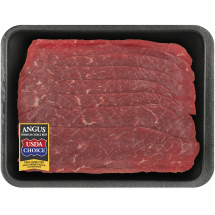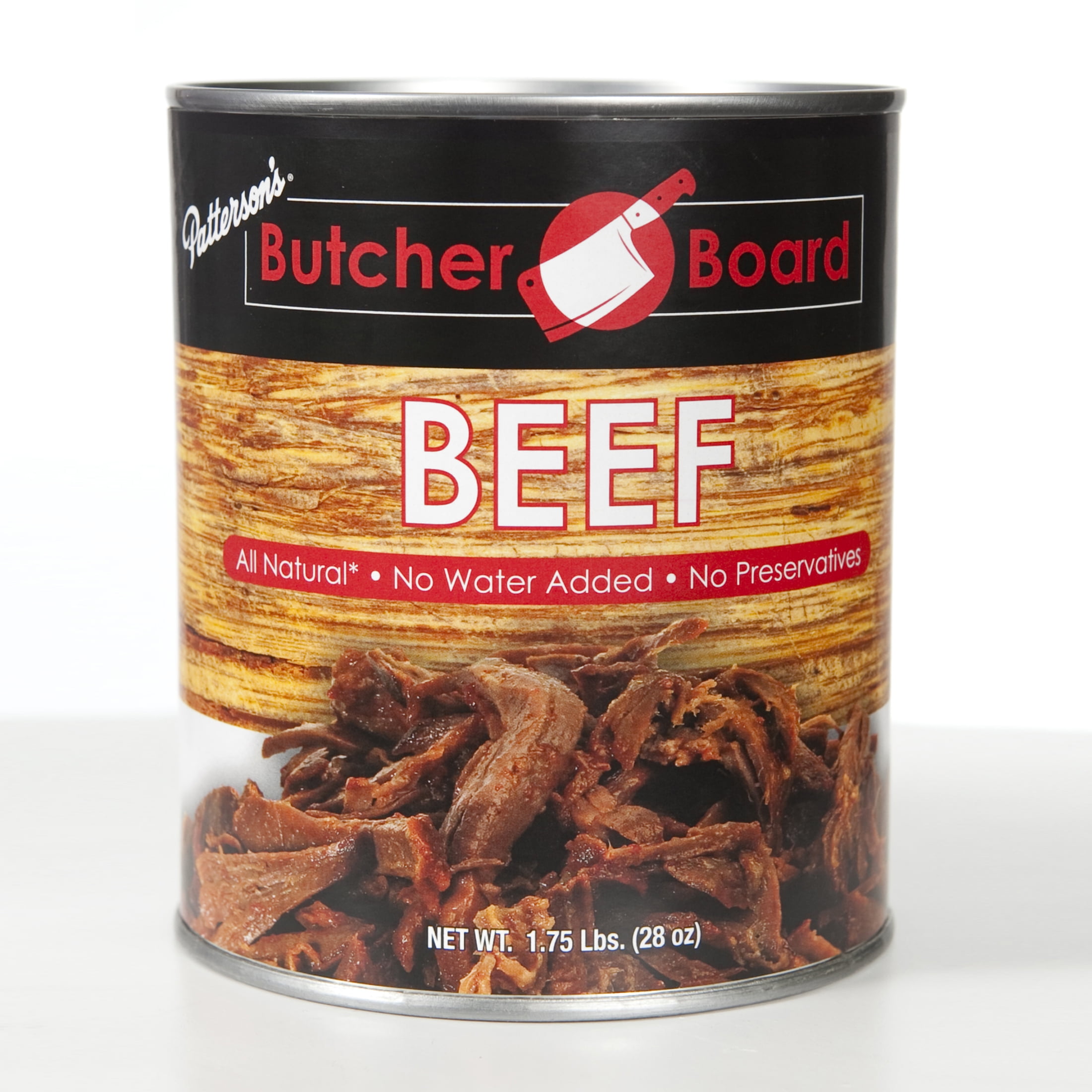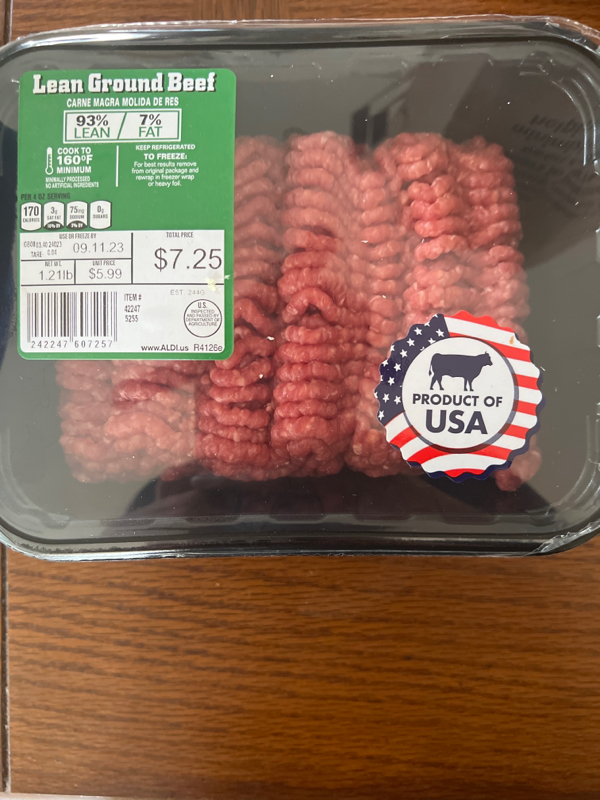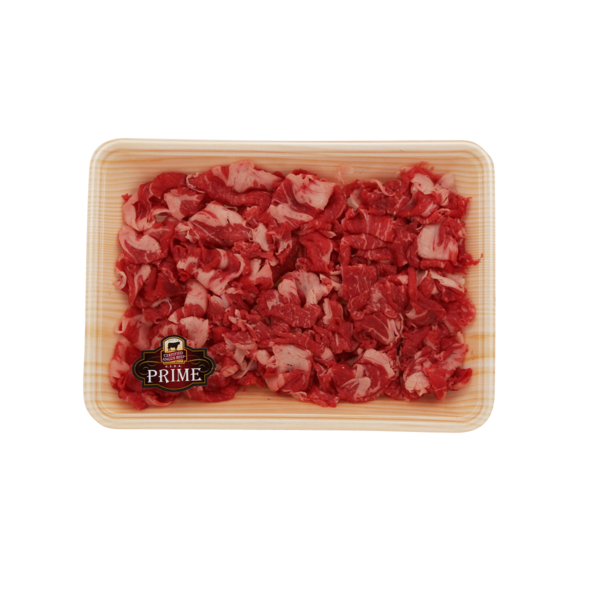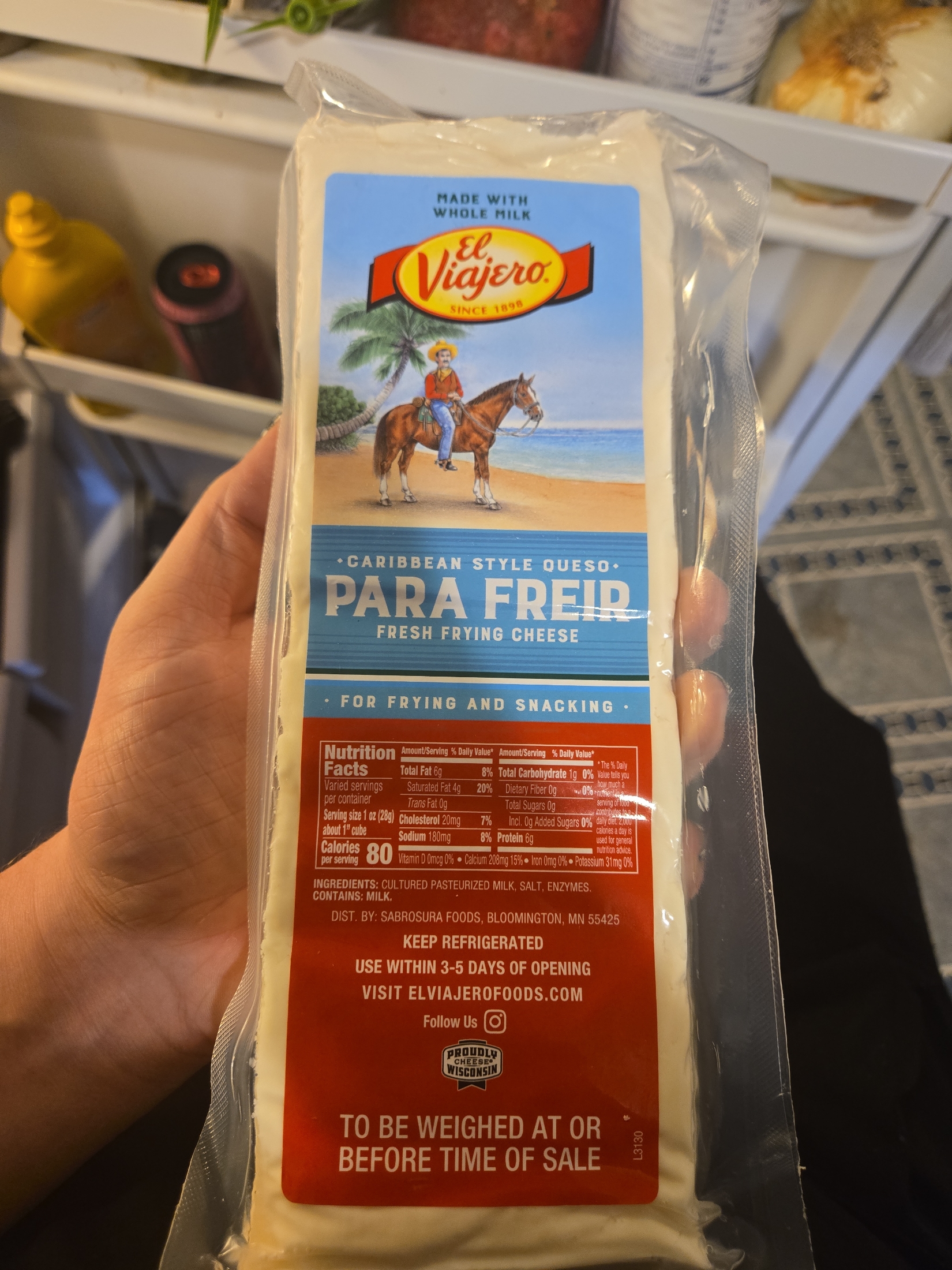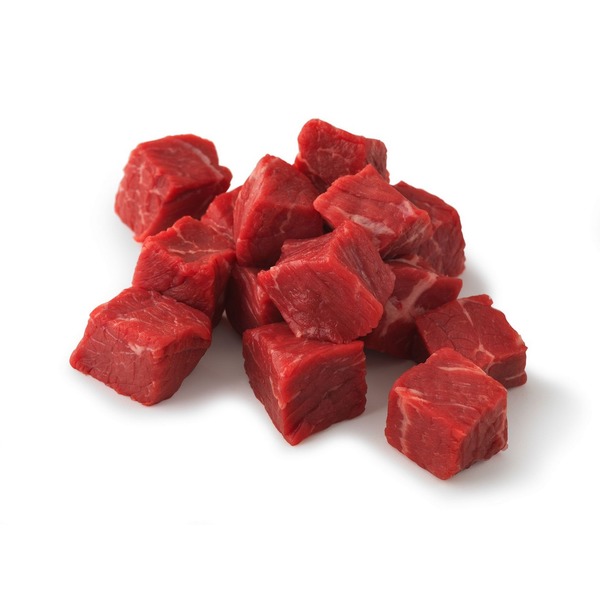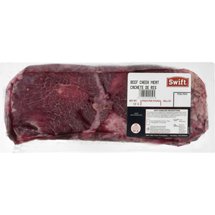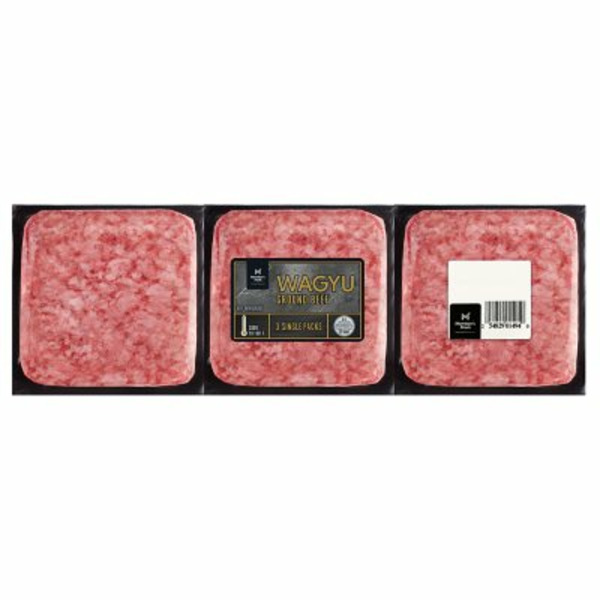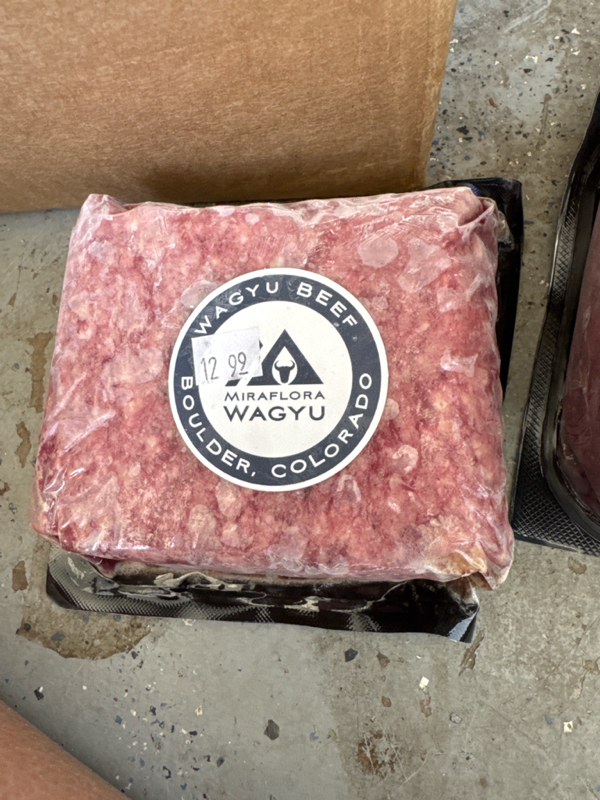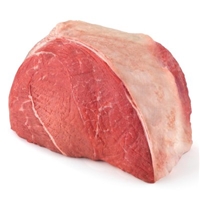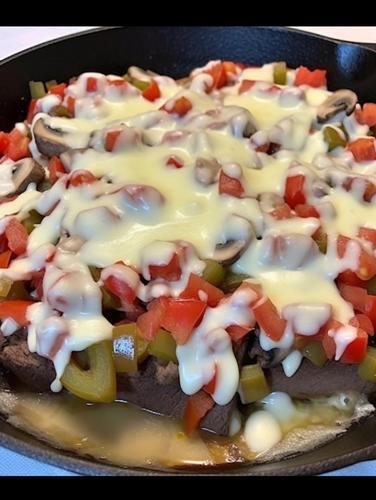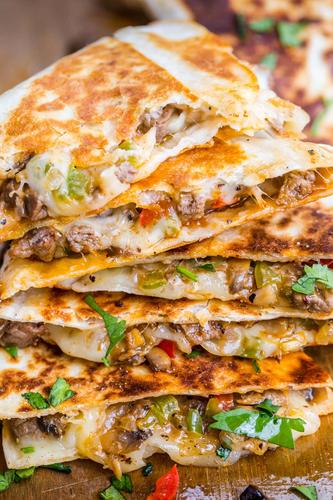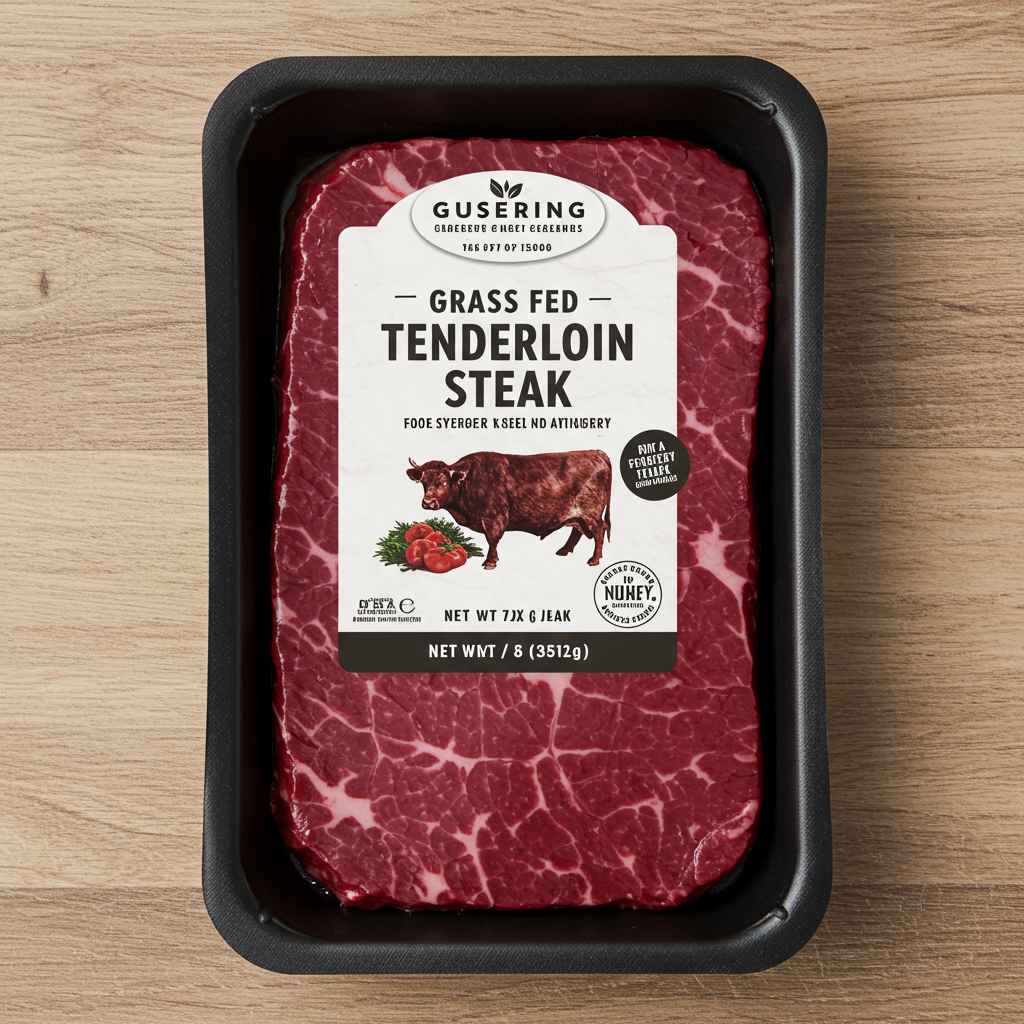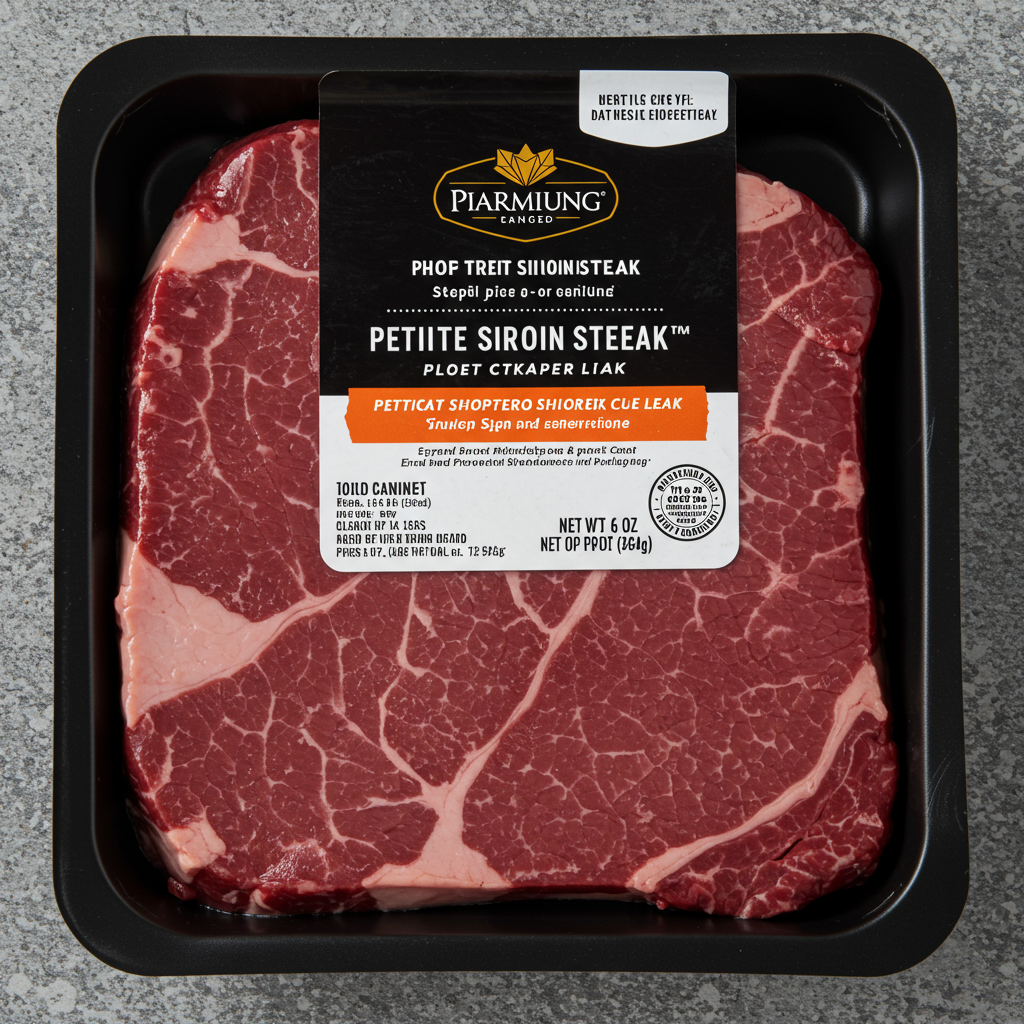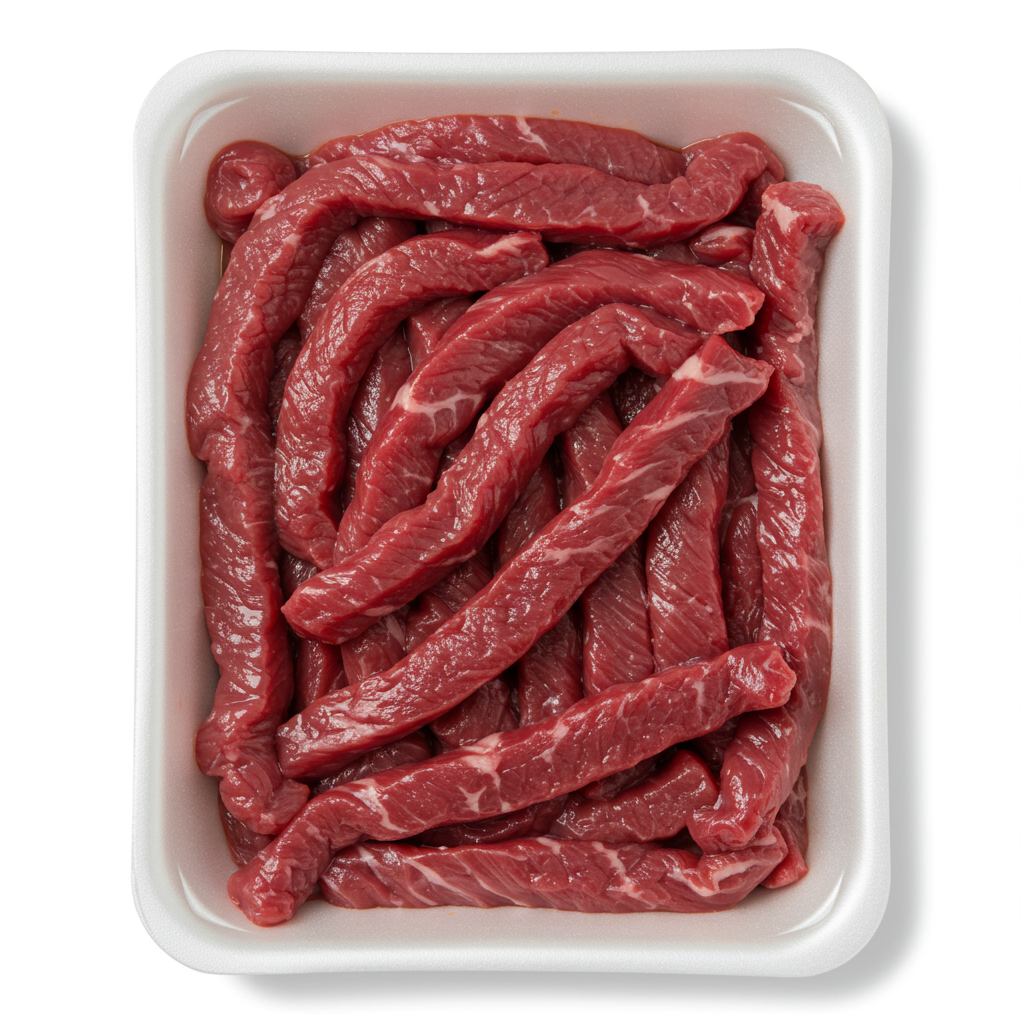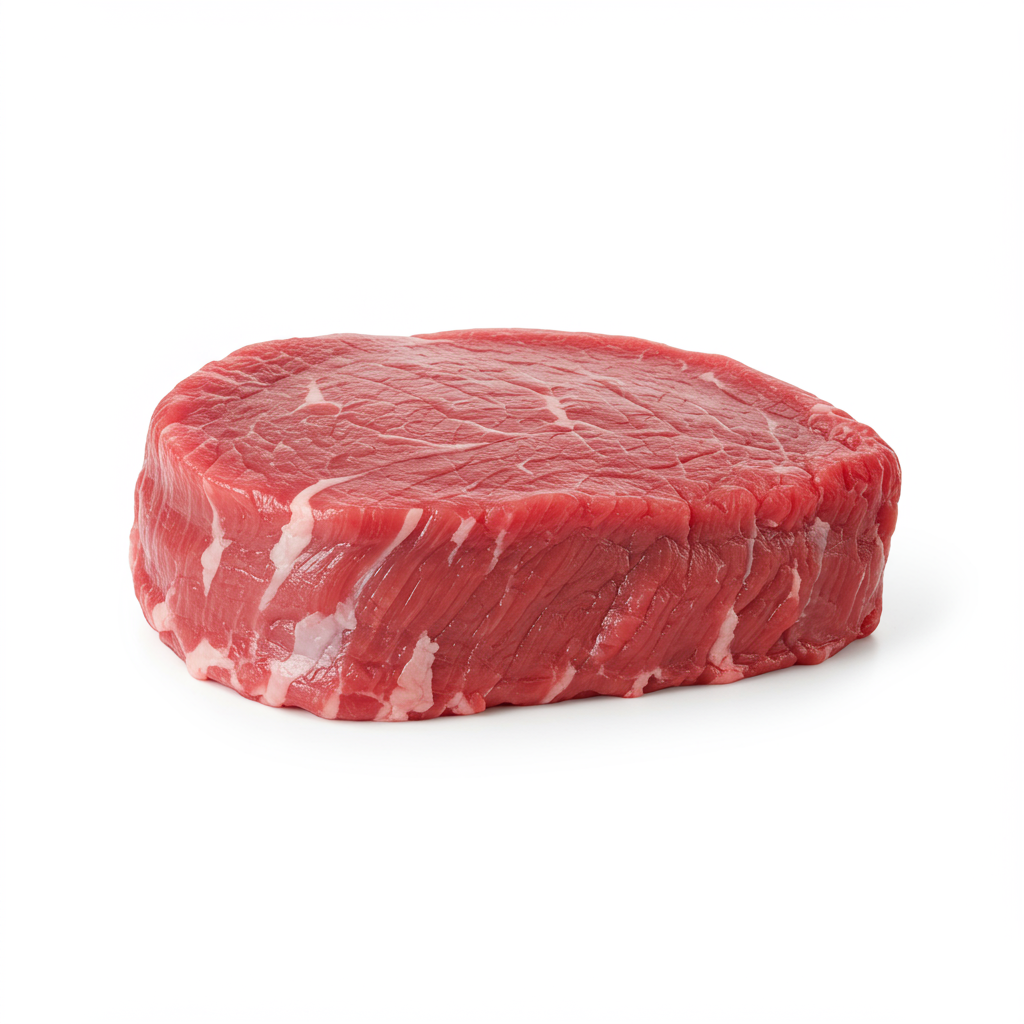MAIN DISHES
SOUPS
SIDE DISHES
Beef
Beef is a popular and versatile type of meat that comes from cattle, primarily from the Bos taurus species. As a rich source of vital nutrients like protein, iron, and vitamin B12, beef can be used in a wide range of dishes and culinary traditions, from grilled steaks and juicy burgers to hearty stews and tender roasts. It is available in various cuts, such as sirloin, rib-eye, and brisket, each with different tenderness, flavor, and cooking methods.
When shopping for beef, consumers should look for high-quality meat that is characterized by a bright red color, creamy white fat, and light marbling. The cut of beef chosen should be based on the intended cooking method; leaner cuts work best for quick cooking, while tougher cuts with more connective tissue benefit from a longer, slower cooking process. Sustainability and ethical farming practices are also factors to consider for environmentally conscious consumers.
0%
CARBS
49%
FAT
51%
PROTEIN
4,943 Beef Products
Beef Choice Angus Milanesa
Patterson's Butcher Board Beef, All Natural, Carolina Made by Boone Brands
Ground beef
Certified Angus Beef Prime Chuck Roll for Kiriotoshi
El Viajero Para Freir Fresh Frying Cheese
Round Beef Cubes
Swift® Beef Cheek Meat, Cachete De Res
Member's Mark Ground Wagyu Beef
Wagyu Beef
Member's Mark USDA Choice Angus Whole Beef Special Trim, Cryovac (priced per pound)
Used In 41 Recipes
6
Cheesesteak Lettuce Roll-Ups
German-style Savory Beef Rouladen
4
Comforting Curry Udon
3
Savory German Beef Roll-ups
1
Tangy Cuban Shredded Beef Fiesta
3
Splendid Sunday Roast Beef with Yorkshire Puddings and Horseradish Sauce
3
Sizzling Philly Cheese Steak Skillet
721
Philly Cheesesteak Quesadilla Recipe
Beef Is Frequently Used With
Beef FAQ
Beef, despite its popularity, can be tricky to prepare and cook even for the best of chefs. One common misstep is overcooking or undercooking the meat, resulting in a less-than-desirable texture and flavor. It's important to understand the correct cooking times and temperatures for different cuts of beef, and using a meat thermometer can ensure precise results. Additionally, some people fail to let their beef rest after cooking - this is a crucial step for juicier meat as it allows juices to redistribute throughout the cut. Another error is cooking the beef straight from the fridge; letting it come to room temperature first can ensure even cooking.
To get the most out of beef, try marinating tougher cuts to tenderize them and add flavor. Experimenting with a variety of cooking methods, like roasting, grilling, slow-cooking, and braising, can also bring out different qualities in the meat. Furthermore, don't dismiss the cheaper, less popular cuts - they can be incredibly delicious if prepared correctly!
One less-known tip is to slice cooked beef against the grain. This severs the muscle fibers, making the meat easier to chew and enjoy. Also, season your beef generously and early – a liberal amount of salt used in advance can enhance the beef's natural flavors and improve its texture.
What is the best way to cook beef steak?
Can I cook beef in a slow cooker?
What does it mean to cut beef against the grain?
How do I tenderize a tough cut of beef?
Why is my cooked beef tough?
How to sear a beef roast?
How to make beef ground at home?
Why broil instead of bake beef?
What herbs and spices go well with beef?
How long should I marinate the beef?
Expiration & Storage Tips
When does beef expire?
Like any raw meat, the shelf life of beef in your refrigerator will depend on the temperature in which it's stored (ideally around 0-4°C). Unopened and properly stored, beef can last for about 3-5 days in the fridge. However, it’s always best to use or freeze the beef before the 'sell by' date on the packaging. Once opened or if it's homemade, the shelf life can decrease significantly, with most types of beef safe to eat for only 2-3 days. If you choose to freeze beef, it can extend its life for 6-12 months. Beef should be defrosted in the fridge, which may take a day or two depending on the size of the cut.
How do you tell if beef is bad?
The most reliable way of telling if beef is off is by smelling it. Bad beef will generally have a sour smell. If you're still unsure, touch the beef. If the beef feels slimy or tacky, it's likely gone bad. A change in color from a bright red to a dull brown is also a good indicator that the beef is no longer fresh.
Tips for storing beef to extend shelf life
• Store raw beef in the coldest part of your fridge, usually the bottom drawer.
• Always store cooked and raw beef separately to avoid cross-contamination.
• To extend the shelf life of beef, consider marinating it before storing. Not only does this enhance the flavor, it also helps preserve the meat.
• For longer-term storage, wrap beef tightly in heavy-duty plastic wrap or aluminum foil and freeze it. Remember to label it with the date and type of beef for easy identification.
• Use a meat thermometer to ensure that the beef is cooked to a safe minimum internal temperature for consumption, which is 145°F (63°C) for steaks and roasts, and 160°F (71°C) for ground beef.
EXPIRES WITHIN
6 - 21
DAYS
Equivalents
Substitutes

Wagyu Strip Steak

Bone In Rib Eye Steak
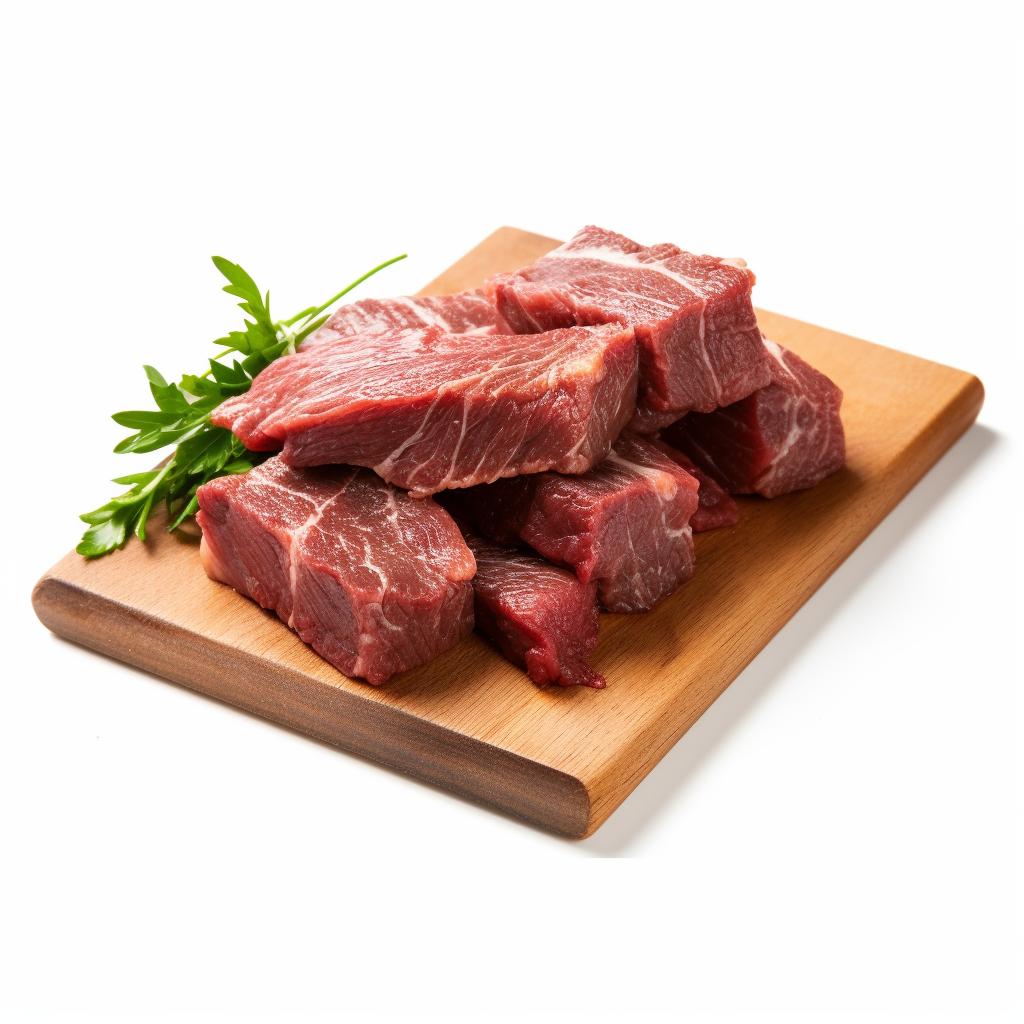
Boneless Beef Short Ribs

Grass Fed Ground Beef

Ground Round

Ground Sirloin

Hanger Steak

Porterhouse Steak

Rib Eye Steak

Round Steak
See All
Health Info
Macros
0g
CARBS
18g
FAT
19g
PROTEIN
Allowed on these diets
LOW FAT
HIGH CALCIUM
KETO
PALEO
WHOLE 30
MEDITERRANEAN
LOW CARB
LACTOSE FREE
GLUTEN FREE

